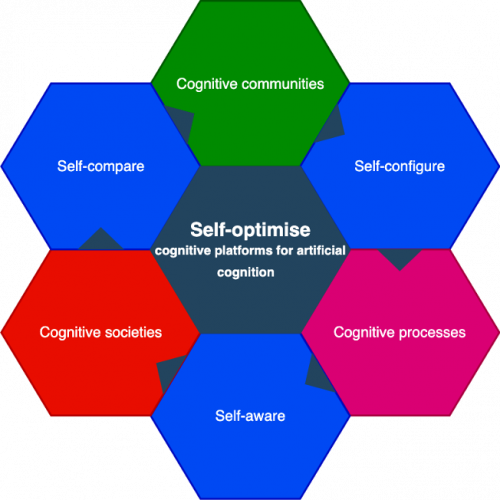Article, Publication
Artificial intelligence in cyber physical systems
The PETRAS-CRatE project in collaboration with the PETRAS-RETCON Project, Cisco Systems and the University College London, has produced a journal paper to examine how artificial intelligence is evolving in complex interconnected and coupled Internet of Things (IoT) cyber physical systems (CPS) and networks. The study argues that such evolution is ‘inevitable’ and ‘autonomous’ and presents a new hierarchical cascading framework for examining the evolution of AI decision-making in Industry 4.0.
Key publication: Artificial intelligence in cyber physical systems (Open Access)
Artificial intelligence in combination with the Internet of Things are changing our economy and society, creating a ‘collective from desires of many subjects’. This renders existing cyber-physical architectures obsolete, because artificial intelligence has evolved from ‘reasoning, planning, learning, and processing’ and has acquired the ‘ability to move and manipulate objects’. This evolution includes innovations in real-time processing, sensing, and actuation and provides capabilities for cyber and physical system analysis, forming artificial cognition in networked social connection of ‘people, processes, data, and things’.
The hierarchical cascading framework recommends a new cognitive feedback mechanism, grounded on the need for CPS to adapt and advance in creating domain communities, processes, societies, and platforms. The suggested architecture for cognitive CPS is grounded on the principles of IoT and network intelligence, providing convergence, orchestration, and visibility across otherwise ‘disparate systems’.
The updated diagnostic architecture derives a new and important step in modernising our understanding of how artificial cognition can be designed with ‘virtual consciousness and conscience’. Comparing this new understanding with cyber architecture designed 5 years ago, we record significant advancements in cognitive social machines, connected devices, and knowledge developments. The new understanding of artificial cognition shows that ‘AI is evolving at a much faster rate than industrial understanding of this process’. This evolution is based on new abilities for data capturing, storing, processing, analysing, and using in different heterogenous formats near real-time, with low latency.
The emergence of new types of open data from IoT devices, triggers new automated processes. For example, with translytic data, cyber physical systems can transact and analyse data. With spatiotemporal data, mapping the demand in real-time becomes possible. With high-dimensional data, autonomous industrial systems can understand the relationships between seemingly unrelated events and create new services and products. Since these new forms of open-source big data is highly complex, only artificial intelligence can analyse such data and derive predictions with low-latency.
This paper identified some significant changes and we should reassess this evolution more frequently, because the advancements we notice in the past 5 years, such as the emergence of new open source big-data and the increased computational powers in connected devices, will undoubtedly trigger significant changes in our understanding of artificial cognition.


